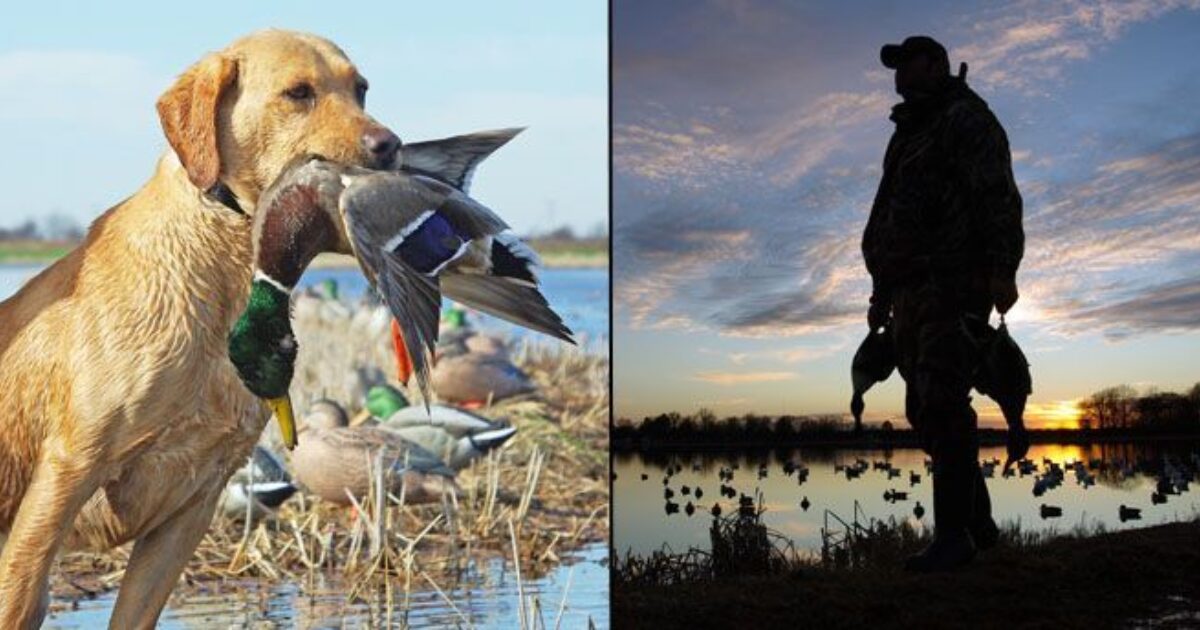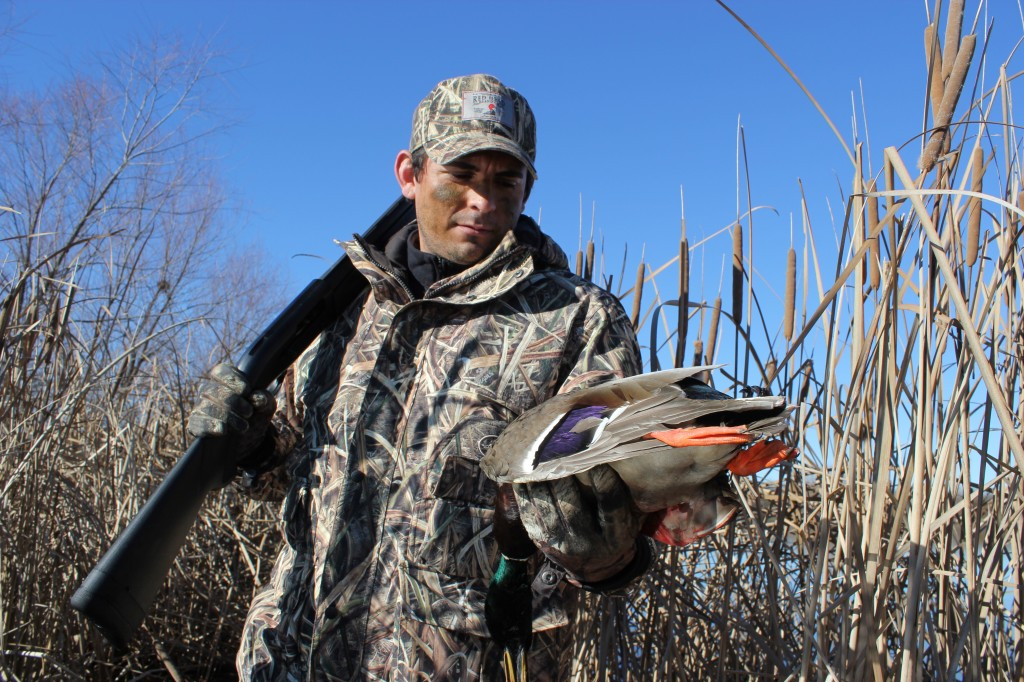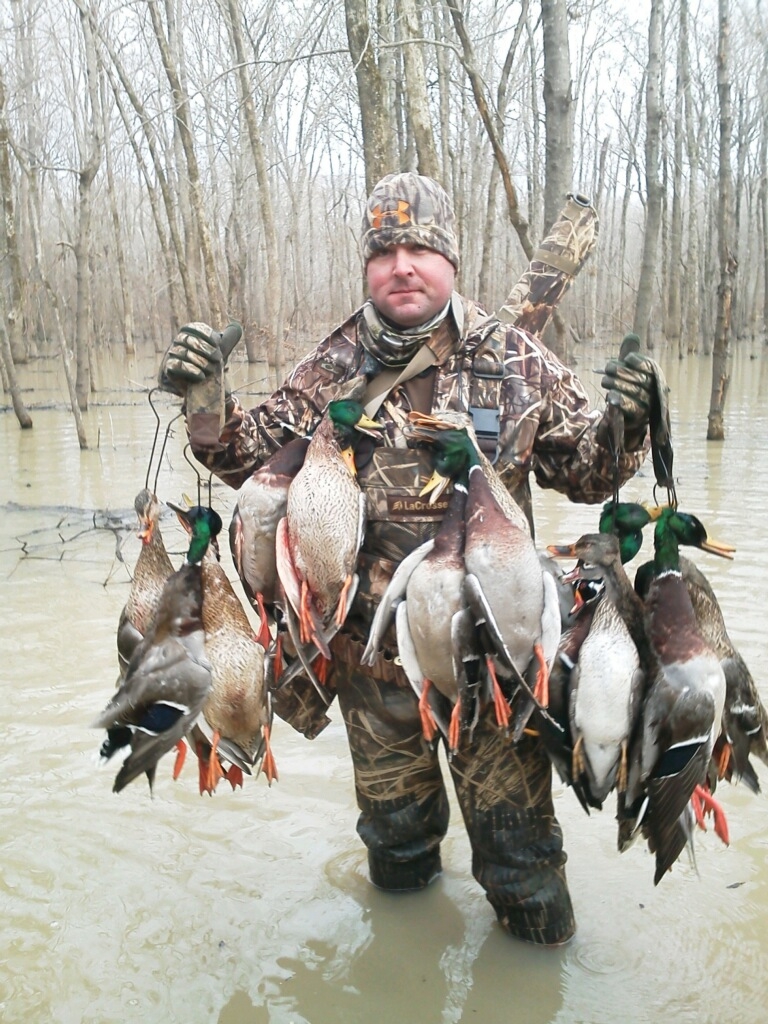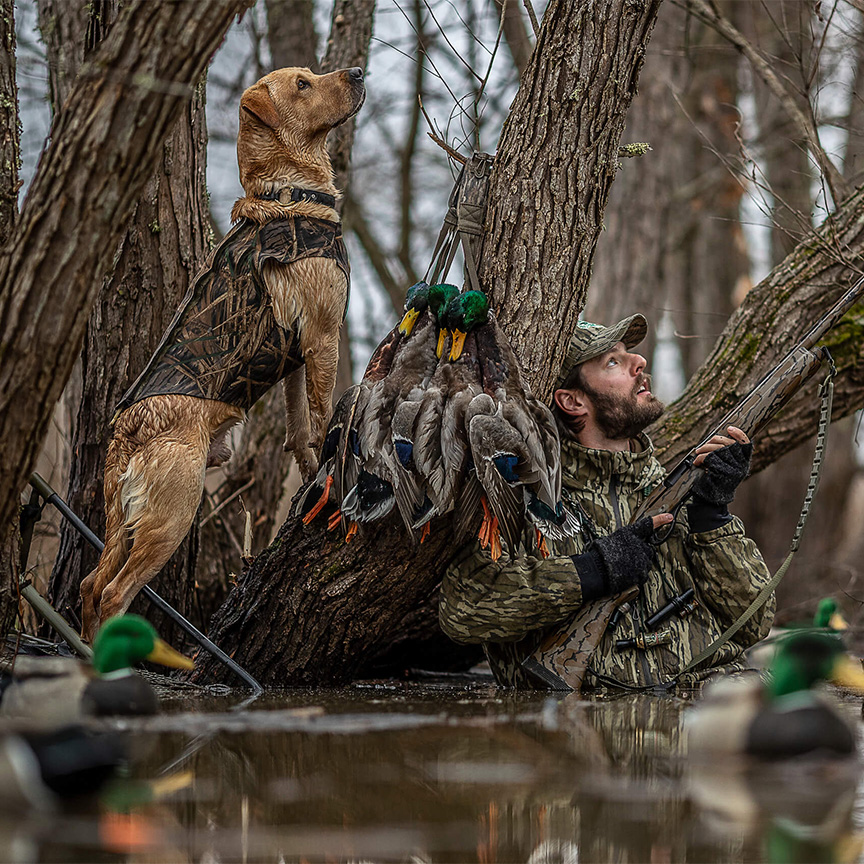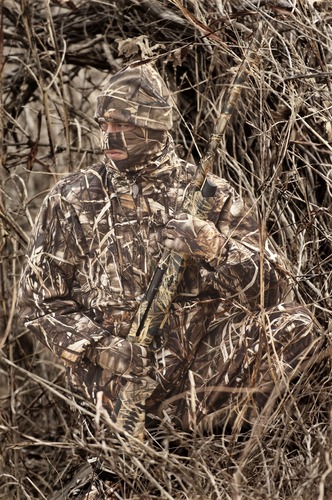The High and Dry Approach: A Game-Changer for Duck Hunters
High and dry duck hunting is a revolutionary approach that’s changing the way waterfowl enthusiasts pursue their passion. By abandoning traditional wetland hunting methods, hunters can experience increased visibility and improved shooting opportunities. This innovative technique involves setting up in dry fields, agricultural areas, or even forest edges, where ducks tend to congregate in search of food and shelter. The high and dry approach offers a unique advantage, as it allows hunters to capitalize on the ducks’ natural behavior, rather than relying on chance encounters in wetlands.
One of the primary benefits of high and dry duck hunting is the enhanced visibility it provides. Without the constraints of dense vegetation or murky waters, hunters can spot ducks from a distance, track their movements, and anticipate their approach. This increased visibility also enables hunters to make more accurate shots, as they can better judge the distance and speed of their targets. Furthermore, the high and dry approach often results in closer shots, reducing the need for long-range shooting and minimizing the risk of wounding or losing birds.
In addition to improved visibility, high and dry duck hunting offers a more comfortable and convenient hunting experience. Hunters can set up in dry, elevated areas, reducing the need for waders or boats, and minimizing the risk of getting wet or muddy. This approach also allows for easier mobility, as hunters can quickly reposition themselves to respond to changing duck behavior or weather conditions.
As the popularity of high and dry duck hunting continues to grow, it’s essential for hunters to understand the unique challenges and opportunities this approach presents. By adapting their tactics and strategies to this innovative method, hunters can experience greater success and enjoyment in the field. In the following sections, we’ll delve deeper into the world of high and dry duck hunting, exploring the best practices, gear, and techniques for mastering this exciting and rewarding approach.
How to Choose the Perfect High and Dry Hunting Spot
Selecting the ideal high and dry hunting location is crucial for a successful duck hunting experience. When it comes to high and dry duck hunting, the right spot can make all the difference in attracting and harvesting ducks. To increase your chances of success, consider the following factors when choosing your high and dry hunting spot:
Topography plays a significant role in high and dry duck hunting. Look for areas with gentle slopes, ridges, or hills that provide a clear line of sight. These features allow you to spot ducks from a distance and set up an effective ambush. Additionally, areas with minimal obstacles, such as trees or fences, enable you to move quickly and quietly to respond to changing duck behavior.
Vegetation is another critical factor to consider when choosing a high and dry hunting spot. Areas with dense cover, such as cornfields, wheat fields, or grasslands, can attract ducks seeking food and shelter. Look for areas with a mix of vegetation types, as this can increase the likelihood of attracting a variety of duck species.
Water sources are also essential for high and dry duck hunting. Ducks need water for drinking, feeding, and roosting, so areas with nearby ponds, lakes, or streams can be particularly attractive. Consider setting up near a water source, but not so close that you’re visible to the ducks. A balance between proximity and concealment is key.
Other factors to consider when choosing a high and dry hunting spot include wind direction, sun position, and accessibility. A spot with a favorable wind direction can help you get closer to the ducks, while a spot with a favorable sun position can improve your visibility. Finally, consider the accessibility of the area, as you’ll need to be able to set up and move quickly in response to changing duck behavior.
By considering these factors, you can increase your chances of success in high and dry duck hunting. Remember to always scout your location before the hunt, and be prepared to adapt to changing conditions and duck behavior. With the right spot and the right strategy, you’ll be well on your way to a successful high and dry duck hunting experience.
Understanding Duck Behavior: Patterns and Migration Routes
Understanding duck behavior is crucial for a successful high and dry duck hunting experience. By studying their migration patterns, feeding habits, and roosting sites, hunters can increase their chances of encountering ducks in high and dry areas. This knowledge enables hunters to anticipate duck behavior, set up in the right locations, and capitalize on their natural habits.
Ducks migrate in response to changes in weather, food availability, and breeding patterns. Understanding these migration patterns helps hunters identify key stopover points, such as agricultural fields, wetlands, and water sources, where ducks are likely to congregate. By setting up in these areas, hunters can increase their chances of encountering ducks during their migration.
Feeding habits are another critical aspect of duck behavior. Ducks are attracted to areas with abundant food sources, such as corn, wheat, and aquatic plants. By identifying these food sources, hunters can set up in areas where ducks are likely to feed, increasing their chances of success. Additionally, understanding duck feeding habits helps hunters anticipate their movement patterns, as ducks tend to move between feeding and roosting sites.
Roosting sites are also essential for understanding duck behavior. Ducks require safe and secure areas to rest and roost, often returning to the same sites repeatedly. By identifying these roosting sites, hunters can set up in areas where ducks are likely to congregate, increasing their chances of success. Furthermore, understanding roosting behavior helps hunters anticipate duck movement patterns, as ducks tend to move between roosting and feeding sites.
In high and dry duck hunting, understanding duck behavior is critical for success. By studying migration patterns, feeding habits, and roosting sites, hunters can increase their chances of encountering ducks in high and dry areas. This knowledge enables hunters to set up in the right locations, anticipate duck behavior, and capitalize on their natural habits. By combining this knowledge with the right gear, tactics, and strategies, hunters can experience a successful and rewarding high and dry duck hunting experience.
The Right Gear for High and Dry Duck Hunting
When it comes to high and dry duck hunting, having the right gear is essential for a successful and enjoyable experience. The right gear can make all the difference in attracting and harvesting ducks, and can also impact the safety and comfort of the hunter. In this section, we’ll review the essential gear required for high and dry duck hunting, including shotguns, ammunition, blinds, and camouflage.
Shotguns are a critical component of high and dry duck hunting. When choosing a shotgun, consider a 12-gauge or 10-gauge model with a 26-28 inch barrel. These shotguns provide the necessary range and pattern density to effectively harvest ducks at longer distances. Additionally, look for shotguns with a durable finish and reliable action to withstand the rigors of high and dry hunting.
Ammunition is another critical component of high and dry duck hunting. When choosing ammunition, consider steel or bismuth shot in sizes 2-4. These shot sizes provide the necessary penetration and pattern density to effectively harvest ducks at longer distances. Additionally, look for ammunition with a high velocity and a durable casing to ensure reliable performance.
Blinds are an essential component of high and dry duck hunting, providing concealment and protection from the elements. When choosing a blind, consider a layout blind or a pit blind with a durable and waterproof design. These blinds provide the necessary concealment and protection to effectively hunt ducks in high and dry areas.
Camouflage is another critical component of high and dry duck hunting, providing concealment and blending in with the surrounding environment. When choosing camouflage, consider a pattern that matches the surrounding vegetation and terrain. Additionally, look for camouflage with a durable and waterproof design to ensure reliable performance.
In high and dry duck hunting, the right gear can make all the difference in attracting and harvesting ducks. By choosing the right shotgun, ammunition, blind, and camouflage, hunters can increase their chances of success and enjoy a more comfortable and enjoyable hunting experience. Remember to always follow safety guidelines and regulations when hunting, and to respect the environment and other hunters.
Tactics for Luring Ducks into Shooting Range
Attracting ducks to high and dry hunting areas requires a combination of effective tactics and strategies. In this section, we’ll share expert tactics for luring ducks into shooting range, including the use of decoys, calls, and scents, and provide tips on how to set up an effective spread.
Decoys are a crucial component of high and dry duck hunting, providing a visual attractant for ducks. When choosing decoys, consider a mix of species-specific and generic models to create a realistic spread. Set up decoys in a natural-looking pattern, with a focus on the edges of fields and near water sources. This will help to create a sense of security and attract ducks to the area.
Calls are another essential tool for high and dry duck hunting, providing an auditory attractant for ducks. When using calls, focus on species-specific sounds and cadences to create a realistic and enticing call sequence. Use calls in conjunction with decoys to create a comprehensive attractant package.
Scents are a often-overlooked but highly effective tactic for luring ducks into shooting range. Use scents such as duck urine or feather scent to create a realistic and enticing aroma. Apply scents to decoys, blinds, and surrounding vegetation to create a comprehensive attractant package.
When setting up an effective spread, consider the following tips: start with a small number of decoys and gradually add more as needed; use a mix of decoy types and species to create a realistic spread; and focus on the edges of fields and near water sources to create a sense of security. Additionally, be sure to set up decoys and blinds in a way that allows for easy shooting lanes and minimal obstruction.
By combining these tactics and strategies, high and dry duck hunters can increase their chances of attracting ducks to the area and luring them into shooting range. Remember to always follow safety guidelines and regulations, and to respect the environment and other hunters. With the right tactics and strategies, high and dry duck hunting can be a highly effective and rewarding experience.
The Art of Concealment: Blinds and Camouflage for High and Dry Hunting
In high and dry duck hunting, concealment is key to success. Ducks have exceptional eyesight and can easily detect even the slightest movement or flash of color. Therefore, it’s essential to remain undetected and blend in with the surrounding environment. In this section, we’ll discuss the importance of concealment in high and dry duck hunting, including the use of blinds, camouflage, and face paint.
Blinds are a crucial component of high and dry duck hunting, providing a physical barrier between the hunter and the ducks. When choosing a blind, consider a layout blind or a pit blind with a durable and waterproof design. These blinds provide the necessary concealment and protection from the elements. Additionally, look for blinds with a natural camouflage pattern to blend in with the surrounding environment.
Camouflage is another essential component of high and dry duck hunting, providing a visual barrier between the hunter and the ducks. When choosing camouflage, consider a pattern that matches the surrounding vegetation and terrain. Look for camouflage with a durable and waterproof design to ensure reliable performance. Additionally, consider using camouflage clothing and gear to further blend in with the environment.
Face paint is a often-overlooked but highly effective tactic for concealment in high and dry duck hunting. Use face paint to cover any exposed skin, including the face, neck, and hands. This will help to blend in with the surrounding environment and remain undetected. Look for face paint specifically designed for hunting, with a natural camouflage pattern and durable design.
To remain undetected, it’s essential to set up blinds and camouflage in a way that blends in with the surrounding environment. Consider the following tips: set up blinds in a natural-looking pattern, with a focus on the edges of fields and near water sources; use camouflage to cover any exposed skin or gear; and avoid sudden movements or loud noises that may spook the ducks. By following these tips and using the right gear, high and dry duck hunters can increase their chances of success and remain undetected.
In high and dry duck hunting, concealment is a critical component of success. By using the right blinds, camouflage, and face paint, hunters can remain undetected and increase their chances of harvesting ducks. Remember to always follow safety guidelines and regulations, and to respect the environment and other hunters. With the right tactics and strategies, high and dry duck hunting can be a highly effective and rewarding experience.
Shot Placement and Gun Handling for High and Dry Hunting
In high and dry duck hunting, shot placement and gun handling are critical components of success. Ducks are fast-moving targets, and hunters must be able to accurately place shots to harvest them. In this section, we’ll discuss the importance of shot placement and gun handling in high and dry duck hunting, and provide tips on how to improve these skills.
Shot placement is critical in high and dry duck hunting, as ducks are often shot at longer ranges than in traditional wetland hunting. To improve shot placement, focus on leading targets, taking into account the duck’s speed and direction. Use the right choke and shot size for the job, and consider using a shotgun with a high-velocity load to increase the effective range.
Gun handling is also essential in high and dry duck hunting, as hunters must be able to quickly and accurately swing on targets. To improve gun handling, focus on developing a smooth, consistent swing, and practice mounting the shotgun quickly and efficiently. Consider using a shotgun with a comfortable, ergonomic design to reduce fatigue and improve accuracy.
Managing recoil is another critical component of shot placement and gun handling in high and dry duck hunting. To manage recoil, focus on using a shotgun with a recoil-reducing system, and consider using a recoil pad or muzzle brake to reduce the felt recoil. Additionally, practice proper shooting form, including a firm grip and a steady stance, to help absorb recoil.
In high and dry duck hunting, shot placement and gun handling are critical components of success. By improving these skills, hunters can increase their chances of harvesting ducks and enjoying a successful hunt. Remember to always follow safety guidelines and regulations, and to respect the environment and other hunters. With the right tactics and strategies, high and dry duck hunting can be a highly effective and rewarding experience.
When it comes to shot placement and gun handling, practice is key. Consider practicing at a shooting range or with a hunting simulator to improve your skills. Additionally, focus on developing a pre-shot routine, including taking deep breaths and focusing on the target, to help improve accuracy and consistency. By combining these tips and strategies, high and dry duck hunters can improve their shot placement and gun handling, and increase their chances of success.
Staying Safe and Ethical in High and Dry Duck Hunting
In high and dry duck hunting, safety and ethics are of utmost importance. Hunters must prioritize responsible hunting practices, respect for the environment, and adherence to local regulations to ensure a successful and enjoyable hunt. In this section, we’ll discuss the importance of safety and ethics in high and dry duck hunting, and provide guidelines for hunters to follow.
Responsible hunting practices are critical in high and dry duck hunting. Hunters must always follow local regulations, including bag limits, hunting hours, and licensing requirements. Additionally, hunters should prioritize fair chase, ensuring that ducks are not harassed or stressed during the hunt. This includes avoiding baiting, using appropriate decoys, and respecting the natural behavior of ducks.
Respect for the environment is also essential in high and dry duck hunting. Hunters must minimize their impact on the environment, avoiding damage to crops, habitats, and wildlife. This includes properly disposing of waste, respecting private property, and avoiding sensitive habitats. By respecting the environment, hunters can help preserve the natural beauty of high and dry duck hunting areas.
Adherence to local regulations is critical in high and dry duck hunting. Hunters must familiarize themselves with local laws and regulations, including those related to hunting seasons, bag limits, and licensing requirements. Additionally, hunters should respect private property, obtaining permission before hunting on private land. By following local regulations, hunters can avoid fines, penalties, and damage to their reputation.
In high and dry duck hunting, safety is also a top priority. Hunters must always wear appropriate safety gear, including eye protection, ear protection, and a first aid kit. Additionally, hunters should prioritize gun safety, ensuring that firearms are handled and stored safely. By prioritizing safety, hunters can minimize the risk of accidents and injuries.
By following these guidelines, high and dry duck hunters can ensure a safe and ethical hunt. Remember, responsible hunting practices, respect for the environment, and adherence to local regulations are essential components of a successful and enjoyable high and dry duck hunt. By prioritizing safety and ethics, hunters can help preserve the integrity of the sport and protect the natural beauty of high and dry duck hunting areas.


